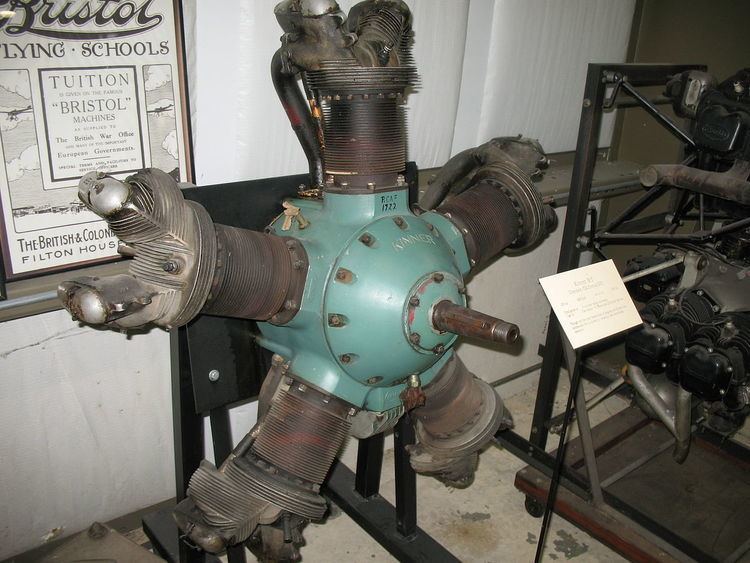 | ||
The Kinner B-5 was a popular five cylinder American radial engine for light general and sport aircraft of the 1930s.
Contents
Design and development
The B-5 was a development of the earlier K-5 with slightly greater power and dimensions. The main change was the increase in cylinder bore from 108 mm (4.25 in) to 117 mm (4.625 in) and a corresponding increase in displacement from 372 cu in (6.1 liters ) to 441 cu in (7.2 liters ). One difference the B-5 had from radial engines of other manufacturers was that each individual cylinder had its own camshaft, a system also used by the contemporary Soviet-built, 8.6 litre-displacement Shvetsov M-11 five cylinder radial, while most other radial engine designs used a "cam ring" for the same purpose, connected to every cylinder's valves. The B-5 was a rough running but reliable engine and the B-5 and its derivatives were produced in the thousands, powering many World War II trainer aircraft, its military designation was R-440. The B-5 was followed by the R-5 and R-55.
